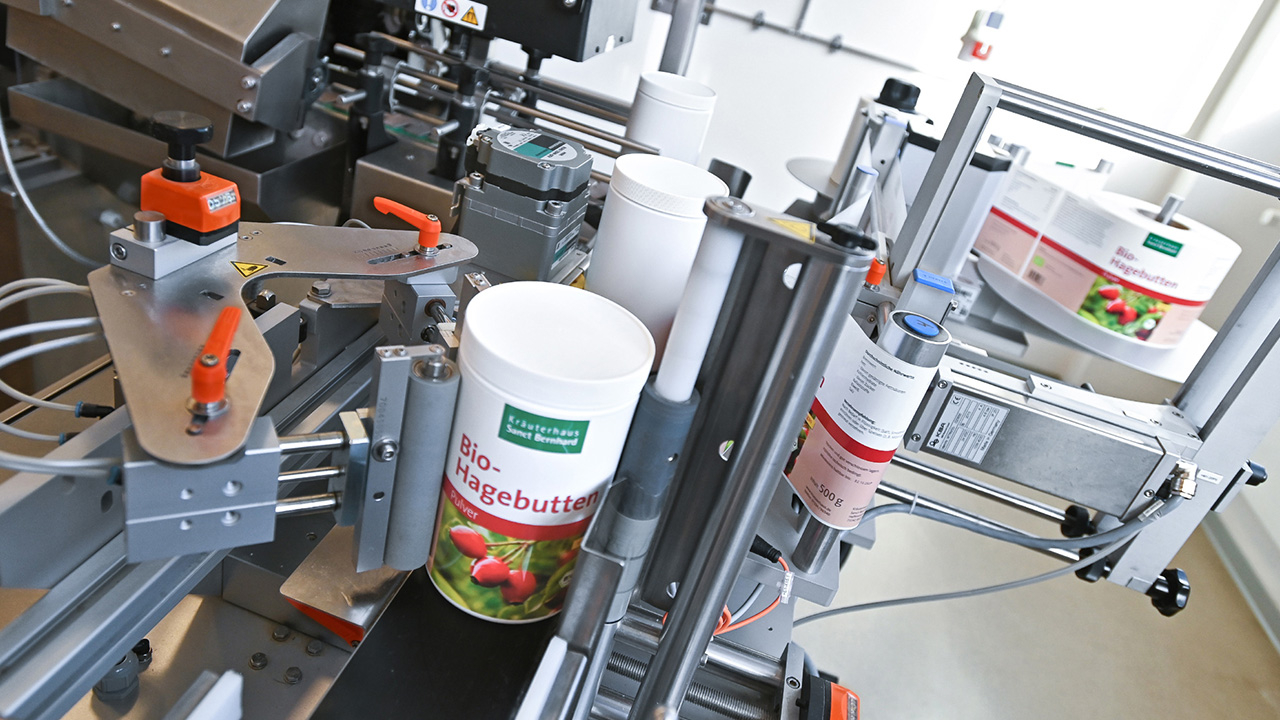A second chance

The used machinery market will have a strong presence at Drupa, generating leads and helping the machinery market maintain its longevity. David Pittman reports
While Drupa will act as a launch pad for numerous new printing presses, technological innovations and software upgrades, so too will it act as a gateway for the used machinery marketplace.
Dealers and printers alike will come to the show with an idea of the machinery they want to buy and sell. Mike Steele, chairman of the British Used Printing Machinery Suppliers Association (BUPMSA), says: ‘Dealers and end users will come to the show with a shopping list of machinery they want to buy and, equally important, a list of kit they want to sell. They are there to do business.’
David Kitson, sales manager at used Heidelberg machinery specialist Roberts Graphics, says: ‘[Drupa] is a very important show for us, and not just for meeting end users. It is nice if we can meet end users and agree sales at the show but due to the nature of our business, and often the scale of deals, this is not always feasible. It is usually in the weeks and months, and often years, afterwards that sales are realized. That being said, we have agreed sales whilst at the exhibition in previous years with new and existing customers.
‘We do not aim to make sales at the show. We aim to speak to as many people as possible; not just end users, but our colleagues in the used machinery industry and also the OEMs to keep abreast of current technology, trends and what customers are buying.
‘This is not just with regard to machinery but also consumables and parts. Due to the fact we supply machinery globally we also need to make and refresh relationships with the international network of people in our industry. It is very difficult to quantify the success of exhibiting at any show as it is only in the time following the show where the contacts made may result in actual sales and delivery. One of our strengths is the network of contacts we have and shows such as Drupa help to extend and cement these relationships.’
The trade of used machinery is a truly global enterprise, with Europe, India, Latin America and the Middle East being a few key areas highlighted by Steele.
More than 90 exhibitors at this year’s show are listed as used machinery dealers, and while many are based in Europe, they trade around the world.
Roberts Graphics is one such company, and Kitson says: ‘We currently have many enquiries from buyers across the globe but one of the biggest challenges we face is finding suitable equipment. The current economic conditions and apparent lack of available finance means there is less investment in new machinery, which has slowed the turnover of used equipment. This lack of availability is despite the fact there have been a number of machines available through insolvencies and consolidation; a trend that we are hopeful we have seen signs of slowing.
‘We can only speak from personal experience but we have not experienced much of a slowdown in business. Perhaps we have been fortunate or perhaps the reason for this is because customers are looking at used equipment as opposed to new. There are various young machines available at a fraction of the price of new, making them a strong consideration.
‘The tough financial conditions do present opportunities to purchase machines through insolvencies and consolidation although this inevitably reduces future capacity in the market.
The ideal situation for us is where machinery is available as a result of investment in new, extending the longevity of the market.’
Kitson notes that the used machinery market is rarely pivotal in OEM research and development, saying: ‘The very fact we are dealing with used machinery means we are rarely supplying the very latest technology. We do work with the OEMs, whether this is for spare parts, retrofit additions to existing machinery or for proprietary knowledge, but this doesn't directly contribute to the evolution of the industry.
‘The rate of change of development is always increasing as manufacturers try to get the most productivity out of the technology they produce and it takes some time to filter through to the used machinery market.’
However, Steele says that the OEM and used machinery markets are intrinsically linked, and help each other facilitate capital investment in equipment.
‘Nobody buys a brand new machine without something going out the factory door, and they don’t just buy that kind of heavy metal to bin it.
‘Like the used car market, they buy it, use it and then move it on to a new home,’ Steele says.
Stay up to date
Subscribe to the free Label News newsletter and receive the latest content every week. We'll never share your email address.

